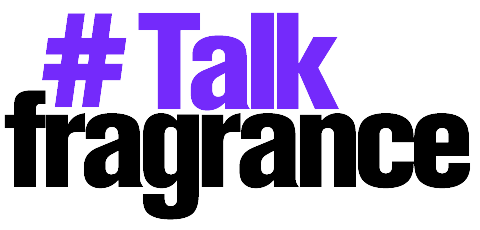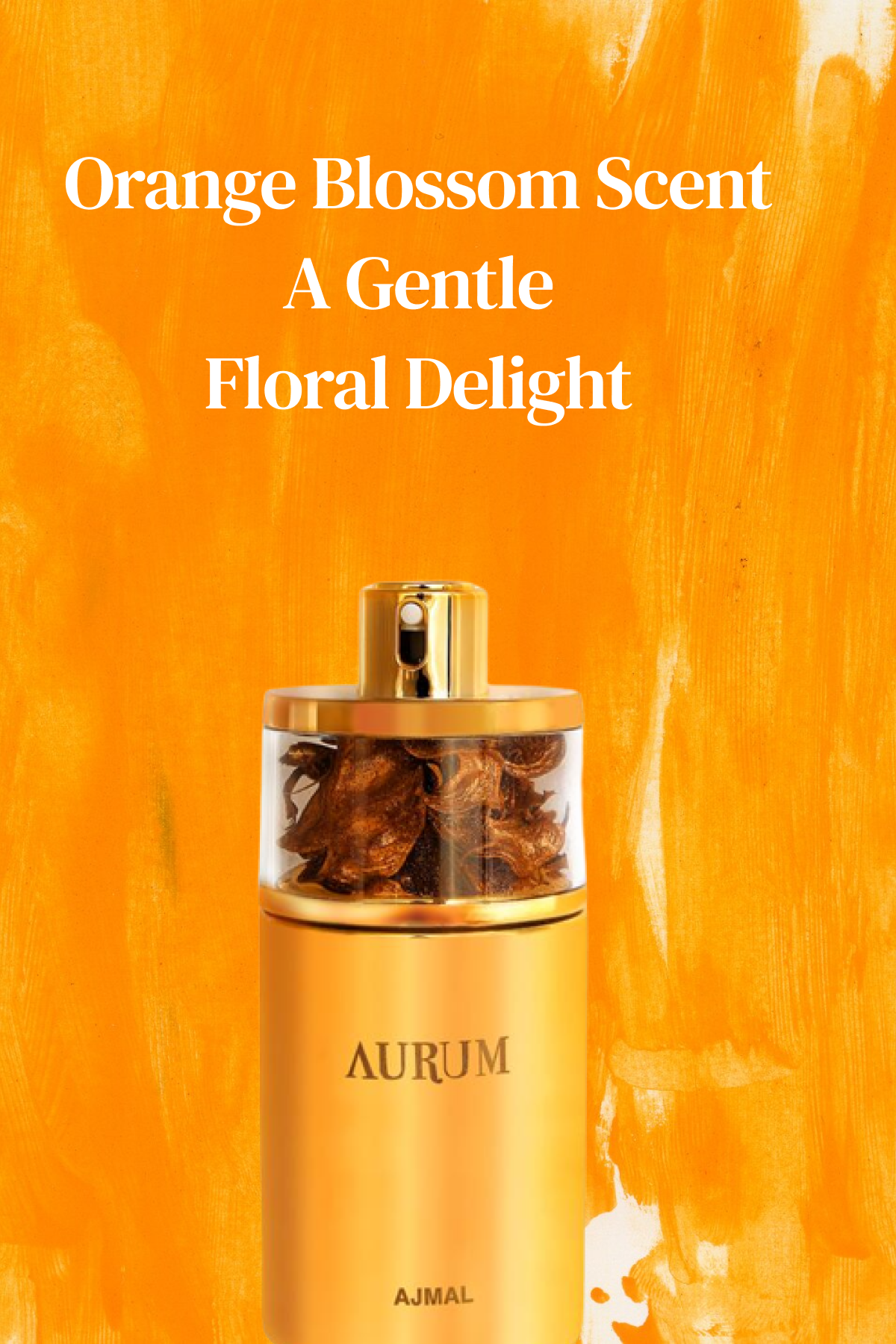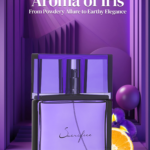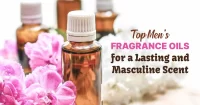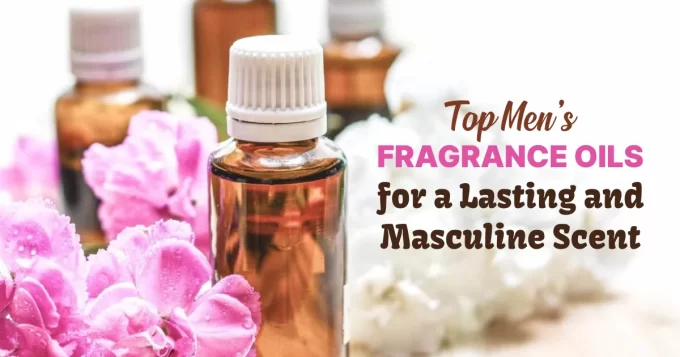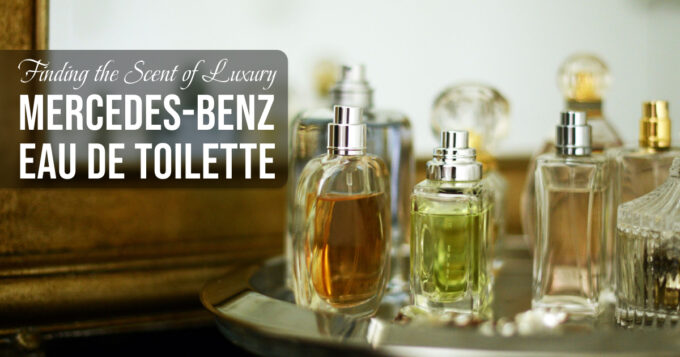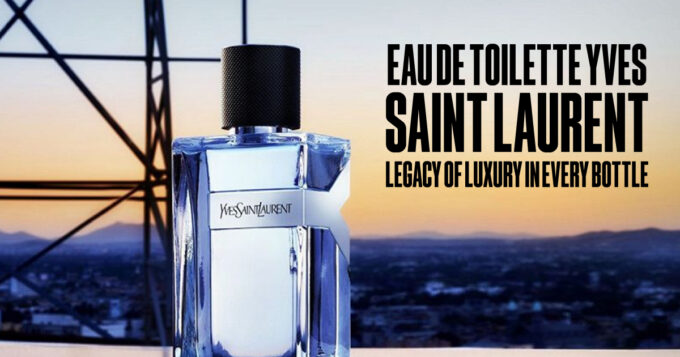Orange Blossom Scent:
Orange flowers are one of the most charming aromas to fill the air when the first warm winds of spring arrive. These exquisite, fragrant Orange Blossom Scent A Gentle Floral Delight have long captivated perfumers. Fragrance connoisseurs alike with their enticing scent. They bloom on citrus trees.
Orange blossom scents are frequently characterized as being light. Flowery, fresh, and slightly sweet, with hints of citrus. It’s an aroma that conjures up visions of verdant, sun-kissed orchards and the prospect of warmer days to come. However, what is the specific difference between orange blossom and its near relative, neroli.
Neroli: The Intimate Orange Blossom
The essential oil called neroli is extracted from the bitter orange tree’s white blossoms (Citrus aurantium). Although neroli and orange blossom are similar, neroli has an own personality and background in the sacred loves perfume industry.
Nerolaia oil is highly valued for its rich, multidimensional scent. Neroli has notes of orange blossoms, but it also has more intense citrus undertones and touches of green, leafy foliage. The perfume also frequently has a faint. Slightly spicy undertone, which gives it more complexity and depth.
The history of neroli dates back to the 17th century, when the essential oil was given its name in honor of Princess Anne Marie de la Trémoille. Italian princess from Nerola, who is credited with popularizing its use. Since then, neroli has gained popularity as a key component. Both traditional and modern perfumes due to its capacity to add sophistication and elegance.
Disparities in Aroma and Composition
Although neroli and orange blossom come from the same plant source, their compositions and fragrance characteristics differ.
Typically, orange blossom is extracted via a technique known as enfleurage. Which the delicate aroma of the flowers is absorbed by pressing them into a fatty media. Even though it takes a lot of work, this technique keeps the floral notes’ delicate, almost ethereal nature.
On the other hand, neroli is extracted by steam distillation. Which yields a more complex and concentrated essential oil. The aroma produced by this method is frequently a little stronger and more potent than orange blossom.
One more significant distinction is found in the particular chemical components that. These two floral essences their distinct scents. Rich in linalool, an alcohol with a flowery and slightly sweet taste that gives orange blossom a softer. More powdery quality. In contrast, neroli has a larger percentage of limonene, a citrusy terpene that gives the combination a brighter, more lively scent.
Flexibility in Fragrance
In the field of perfumery, orange blossom and neroli are both often used and each contributes unique elements to the finished scent. Orange blossom is frequently used to produce soft, romantic fragrances that recall the soft, airy beauty of spring. It blends well with smooth, creamy accords like vanilla and tonka bean. As well as other floral notes like rose and jasmine.
Neroli is a flexible component that works well in a variety of fragrance genres thanks to its more subtle and nuanced scent. Its spicy notes make it a perfect match for woody, amber-infused scents. It adds a touch of elegance and refinement to both citrus- and flower-based compositions.
Whether you’re more drawn to the stronger, complex appeal of neroli or the delicate. Powdery charm of orange blossom, these alluring flower essences never fail to excite perfumers and fragrance. Connoisseurs alike, each providing a distinctive scent that captivates the senses.
The History and Culture of Neroli and Orange Blossoms
Citrus aurantium, commonly referred to as the bitter orange or Seville orange tree, is the source of both orange blossoms and neroli. Although these evergreen trees are native to Asia, they have been widely planted throughout North Africa. The Mediterranean region, and even some regions of the United States.
The exquisite white flowers known as orange blossoms are picked in the spring when the trees are at their peak. The flowers are harvested by hand and meticulously processed to release their valuable essential oils and floral fluids, or hydrosols.
Conversely, neroli is made by distilling the fresh blossoms of the bitter orange tree. The best neroli is frequently obtained from the French Vallée du Rhin region, where the soil and temperature are especially conducive to growing bitter orange trees of superior quality.
How Important Terroir Is
Similar to great wine, terroir—the particular environmental characteristics of the area where the plants are grown—can have a big impact on the quality and character of orange blossom and neroli.
A number of variables, like soil composition, climate, altitude, and even tree age, can affect how these priceless floral essences ultimately smell. For instance, neroli from Italy may have a more delicate, flowery character, but neroli from Tunisia is frequently valued for its stronger citrusy overtones.
In a similar vein, orange blooms grown in southern Europe’s sunny Mediterranean temperatures typically have a stronger, more vivid scent than those grown in colder, northern climates. The delicate, complex fragrances of the flowers must also be preserved, which requires careful flower selection and processing.
Fragrancers and fragrance houses understand the value of terroir in defining the distinct character of these treasured flower ingredients, which is why they frequently collaborate closely with small-scale growers and distillers to guarantee a consistent supply of the best orange blossom and neroli materials.
The Adaptability of Neroli and Orange Blossom in Fragrances
In the field of perfumery, orange blossom and neroli are both widely used and each has a special function in the production of aromatic masterpieces.
Orange blossom is frequently used to give floral arrangements an air of ethereal beauty and romantic appeal. It blends harmoniously with other delicate scents such as violet, jasmine, and vanilla, as well as other light, powdery overtones.
Conversely, neroli is a more adaptable component that works well in a variety of scent genres. It can be easily incorporated into floral and citrus-forward blends as well as more refined scents with amber notes because of its nuanced, complex profile. Nerol’s green notes and hint of spice make it a perfect match for woodsy, aromatic fragrances.
Orange Blossom in Fragrances
These two flower essences are frequently combined by perfumers, who take use of their complementary characteristics to produce complex, alluring scents. Orange blossom’s airy, delicate beauty and neroli’s more complex, strong character play well together to create olfactory experiences that are simply delightful.
Fragrance fans worldwide are captivated by the attraction of these floral elements, which offer distinct sensory experiences. Orange blossom is known for its soft and romantic allure, while neroli is known for its refined and elegant attractiveness.
